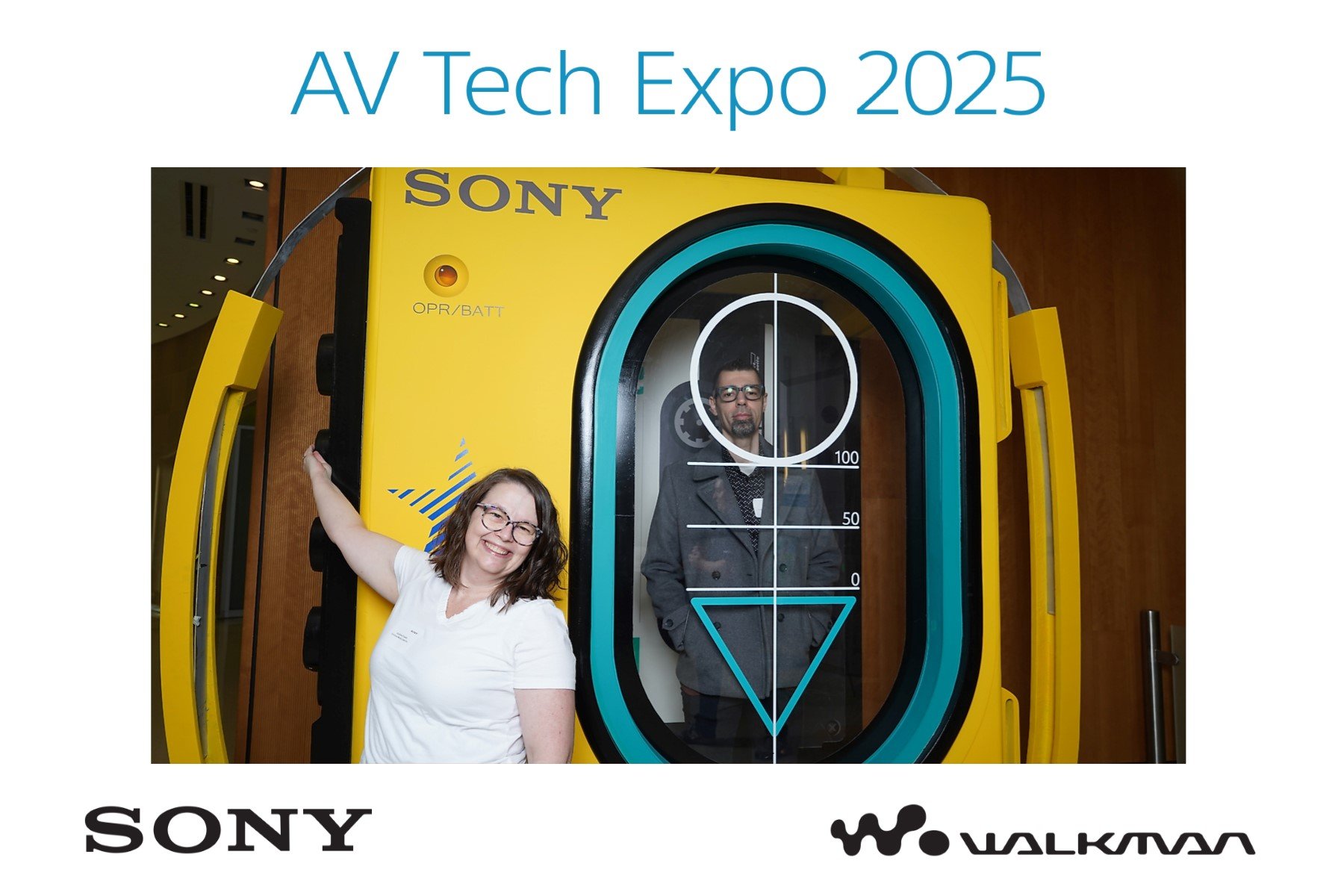PIXO VR Expands Immersive Learning Offerings with Uptale’s Interactive 360° Virtual Training Experiences Now Available on the PIXO Platform
[Royal Oak, MI] – PIXO VR, a leading immersive training platform, is excited to announce that Uptale, a pioneer in interactive 360° virtual training experiences, is now available through the PIXO platform. This integration enables organizations to access and deploy Uptale’s powerful 360° virtual training experiences seamlessly through PIXO’s distribution and analytics platform.
Uptale specializes in creating interactive 360° virtual training experiences that highlight training objectives in a realistic, immersive environment. Using cutting-edge capture technology, Uptale enables organizations to digitize real-world workspaces, workflows, and scenarios, offering trainees a lifelike experience that enhances learning retention. The Uptale platform supports no-code content creation, allowing users to quickly develop customized training modules using simple 360° video and mixed-reality tools.
“The partnership highlights PIXO’s commitment to scaling immersive training by reducing the need for organizations to work with multiple solutions,” said Sean Hurwitz, CEO and Founder of PIXO VR. “By integrating another great partner like Uptale, we’ve eliminated more barriers to adoption, making it easier for enterprises to develop and publish high-impact immersive training experiences, seamlessly, from one single access portal.”
With this collaboration, PIXO’s customers will benefit from:
Seamless Access to Uptale’s VR Training Experiences – Organizations can easily develop and deploy interactive 360° virtual experiences via the PIXO platform.
Enterprise-Grade Content Distribution & Analytics – Uptale’s content is now fully integrated into PIXO’s robust distribution system, enabling secure access and insightful performance tracking, which can embed directly into your LMS.
Cross-Platform Capability– Deploy your 360° experiences on all screens: PC, smartphone, tablet, and VR headset.
“Uptale is thrilled to be a part of the PIXO platform and help expand the reach of immersive learning experiences,” said Dwayne Iserief, Co-founder & CMO at Uptale. “This partnership ensures that businesses can easily integrate interactive VR training into their learning strategies and scale across teams with ease.”
By making Uptale available through PIXO’s platform, organizations now have a powerful solution to create and deliver engaging, interactive 360° video that enhances learning outcomes and drives operational efficiency.
About PIXO VR
PIXO’s Extended Reality (XR) platform streamlines the management of an enterprise’s training program, making it worry-free for training directors and others. Enterprises select, manage, deploy, and track training content and users, globally to thousands of devices with PIXO. With our vast offering of off-the-shelf VR Training Content, the ability to create custom content for your specific needs and integration of our platform to your LMS, PIXO makes it simple to run and scale your XR training program. Headquartered in Royal Oak, Michigan, the PIXO mission is to unlock human potential and improve lives through the power of emerging technology.
About Uptale
Uptale is an industry leader in immersive learning technology, offering a cloud-based platform that enables organizations to create, distribute, and track interactive training experiences in 360° VR/AR. With over 200 enterprise clients, 100 EDU organizations globally, and a team of 50 professionals, Uptale is dedicated to revolutionizing the way companies train their workforce, making learning more engaging, effective, and scalable.
Media Contact:
Christopher Cousineau
Senior Marketing Operations Specialist
PIXO VR
chris.cousineau@pixovr.com
586-690-5217




























